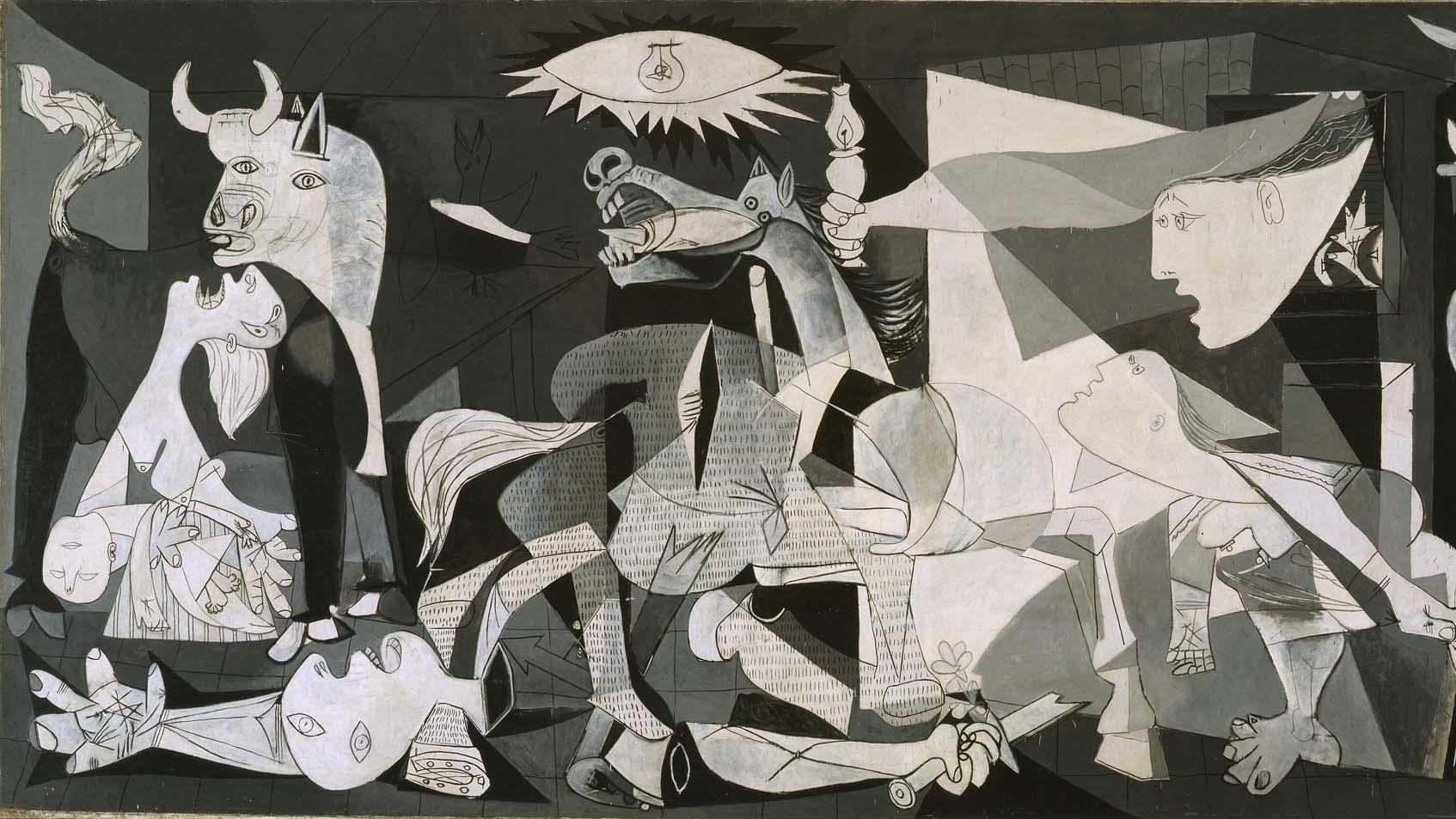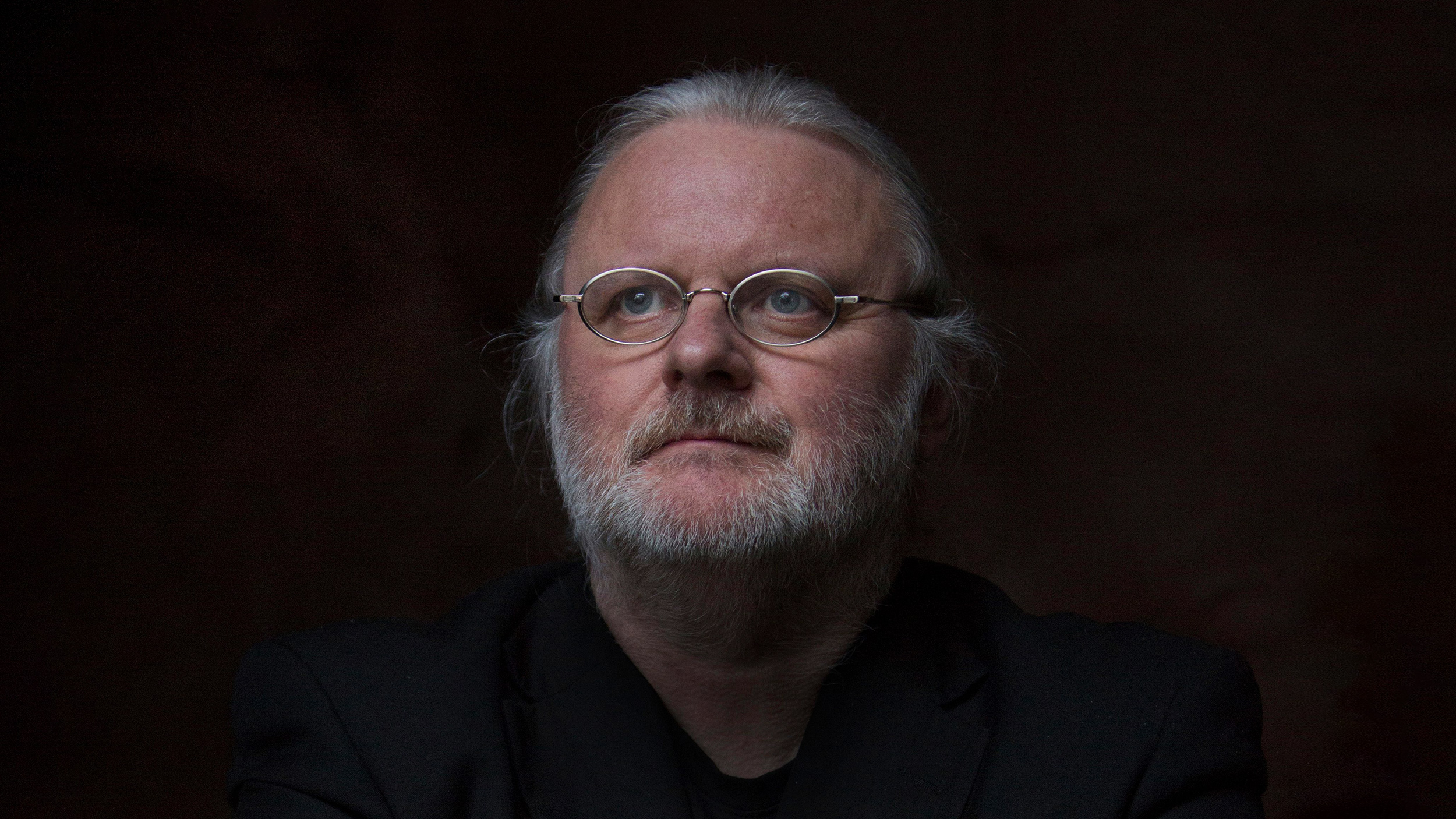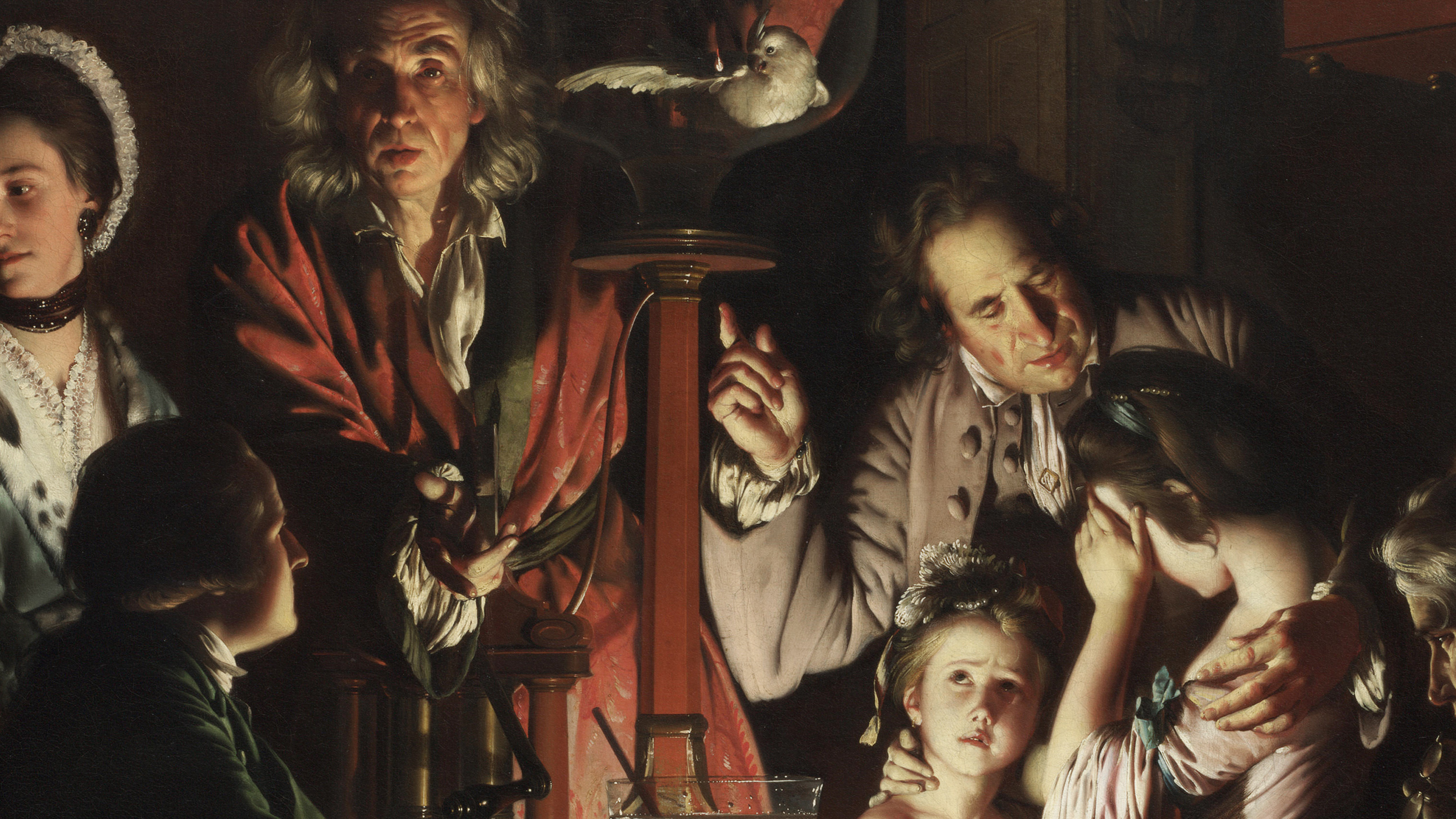Did Friedrich Nietzsche’s own philosophy drive him insane?

- At age 44, Friedrich Nietzsche flung his arms around a flogged horse and lost consciousness.
- When he awoke in a mental hospital, his close friends found he was no longer the same person.
- It’s unclear to what extent his illnesses and his work contributed to his breakdown.
In the fall of 1888, the German philosopher Friedrich Nietzsche was walking to his guesthouse in the Italian town of Turin when he felt the corners of his mouth twist upward as though they were being pulled. “My face was making continual grimaces in order to try to control my extreme pleasure,” he later wrote in a letter to a friend, “including, for 10 minutes, the grimace of tears.”
Unfortunately for Nietzsche, then 44 years old, these uncontrollable fits of laughter proved the beginning of something serious. Over the following week, other members of the guesthouse noticed that the philosopher stayed in his room for days on end. Peeking inside, they would find the author of Thus Spoke Zarathustra naked, playing on the piano, and dancing like a man possessed.
Nietzsche’s rapidly deteriorating mental state reached a literal breaking point when, in January 1889, he saw a horse being flogged in the town square. Shouting incoherently, he ran over to the scene and flung his arms around the animal before collapsing. Visiting a recovering Nietzsche later in the week, Franz Overbeck found his closest friend in a delusion from which “he never emerged again.”
Overbeck noted that Nietzsche was “quite clear about who I and other people were [yet] in darkness about himself (…) Sometimes, in a whisper, he produced sentences of wonderful luminosity. But also uttered terrible things about himself as the successor of the now-dead God, the whole performance continually punctuated on the piano.”
Today Nietzsche’s mental breakdown, which led to his partial paralysis and – ultimately – early death, is as famous as his philosophy. Just as people wonder what drove the painter Vincent van Gogh to cut off his ear, so too do people wonder why Nietzsche lost his sanity. Was it the result of a physiological illness, or could an explanation be hidden somewhere in his celebrated texts?
Friedrich Nietzsche’s medical history
It is possible that Friedrich Nietzsche’s breakdown was caused by an underlying disease — but what kind? The first doctors to examine the ailing philosopher diagnosed him with a syphilis infection, which can lead to paralysis and even dementia. Subsequent studies proposed that Nietzsche may have suffered from a tumor on the right optic nerve of his brain, which would have produced similar issues.
While the precise biological cause of Nietzsche’s breakdown cannot be ascertained, it’s worth noting that the philosopher had a history of both physical and psychological illness. Ever since he was a child, Nietzsche suffered from nauseating migraines. At age 26, he also contracted dysentery, which he treated with chloral hydrate — a powerful sedative that causes hallucinations, convulsions, and heart problems.
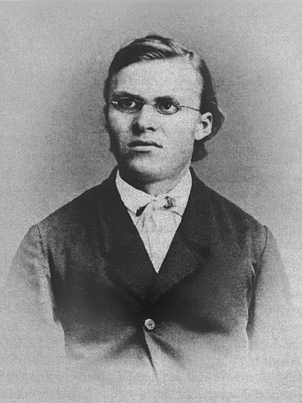
Over the years, Nietzsche’s chronic pain took a toll on his well-being. “Every two or three months I spend about thirty-six hours in bed,” he once wrote in a letter, “in real torment (…) It is such a strain getting through the day that, by evening, there is no pleasure left in life and I really am surprised how difficult living is. It does not seem to be worth it, all this torment.”
The philosopher’s lack of success — he became famous only after his death — and lack of social contact also caused him stress. “It hurts me frightfully that in these fifteen years not one single person has ‘discovered’ me, has needed me, has loved me,” a letter reads. “How rarely a friendly voice reaches me!” another adds. “I’m now alone, absurdly alone.”
All these conditions, some of which Nietzsche believed he had inherited from his sickly father, convinced him that he would die an early, painful death. Several letters express a growing fear of one day going insane and losing himself in his labyrinthine mind: “…at times a premotion runs through my head that I am actually living a very dangerous life, since I am one of those machines that may explode.”
Creativity, intelligence, and mental illness
Although Nietzsche may have felt alone, his situation wasn’t entirely unique. Van Gogh, Robert Schumann, Amadeus Mozart, Virginia Woolf, Ernest Hemingway, Edgar Allan Poe, Georgia O’Keefe, and Jackson Pollock — history has produced no shortage of highly creative individuals that, in addition to their artistic and intellectual achievements, lived with severe and at times debilitating psychological problems.
The tragic fates that have befallen so many of these “mad geniuses,” as their personality type is sometimes referred to in academic circles, have prompted extensive research into the correlation between creativity, intelligence, and psychopathology. It’s a correlation that, for all the attention it has received in recent years, remains as elusive as Nietzsche’s own medical diagnosis.

A number of studies have shown that creative people are twice as likely to suffer from conditions like depression and anxiety compared to the general population. At the same time, the rate and intensity of these symptoms vary depending on outlet or discipline, with poets and writers proving more likely to suffer from disorders than, for example, scientists.
While creativity and mental disorders might well be linked, it is wrong to assume — as so many books and movies do — that the latter somehow enhances the former. In fact, both scientific research and biographical evidence — Nietzsche’s case included — suggest the opposite: such disorders, alongside the alcoholism, drug addiction, and suicidal ideation they often cause, slowly grind a person’s productivity to a halt.
But while mental illness does not necessarily contribute to creativity, creative outlets might contribute to mental illness. This, at least, is what Otto Binswanger, the director of the mental hospital that briefly admitted Nietzsche, proposed. Talking with the philosopher’s mother, he suggested that the intellectual and emotional energy Nietzsche channeled into his work overstimulated his nervous system, effectively frying his brain.
The new God
Binswanger’s brain-frying hypothesis leads to the most interesting (and speculative) part of this discussion about Nietzsche’s breakdown: the possibility that his insanity wasn’t some biological accident, but a logical result of the philosophic ideas he had spent his life pursuing. Although the answers this question produces are by no means definitive (let alone verifiable), they certainly are thought-provoking.
Anyone even remotely familiar with Friedrich Nietzsche knows that suffering plays an important role in his writing because it made him, as scholar Viviana Faschi puts it, “more acutely aware of his own existence.” For Nietzsche, pain preceded personal development and self-actualization. It also marks the origin of one of his most famous quotes: “What does not kill me, makes me stronger.”
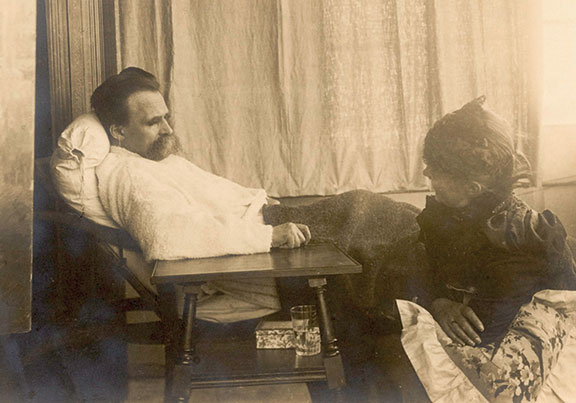
The philosopher elaborates on this often misquoted line in his book The Gay Science, writing, “…as for sickness, are we not almost tempted to ask whether we could get along without it? (…) Only great pain, the long, slow pain that takes its time—on which we are burned, as it were, with green wood — compels us philosophers to descend into our ultimate depths and to put aside all trust.”
Nietzsche’s journey of introspection and self-discovery — a perilous path if the likes of Sigmund Freud and Carl Jung are to be believed — was taken not out of curiosity, but necessity. By gazing into the abyss that lies inside the human brain, Nietzsche hoped to discover some kind of abstract wisdom — he referred to it as “the philosopher’s stone” — that would make his corporeal anguish bearable.
Knowing this, the aforementioned quote from his close friend Overbeck begins to make more sense already. Even in insanity, Nietzsche remained “quite clear” about his surroundings and the people who interacted with him. Instead, it was himself — his former self — that he had lost sight of and was “in darkness about.”
